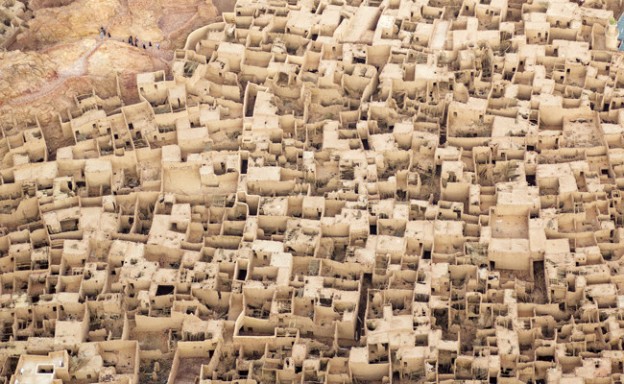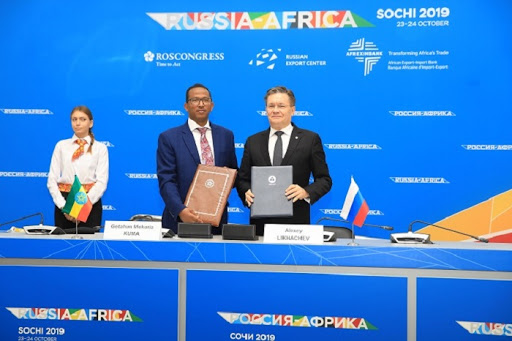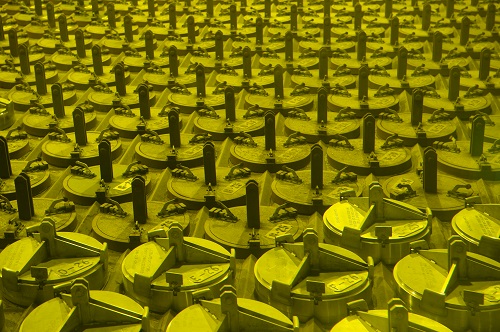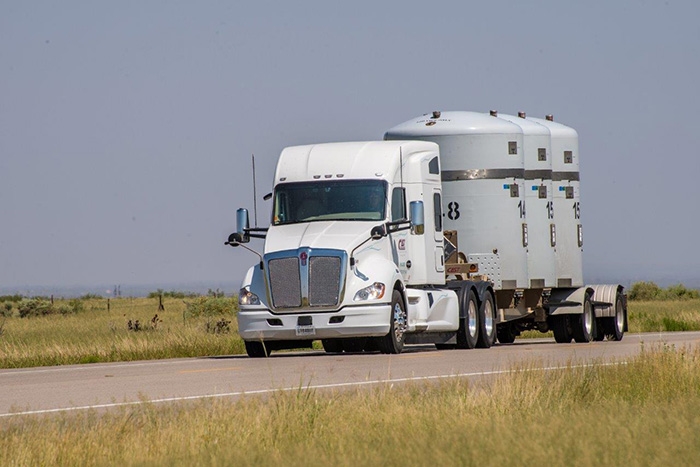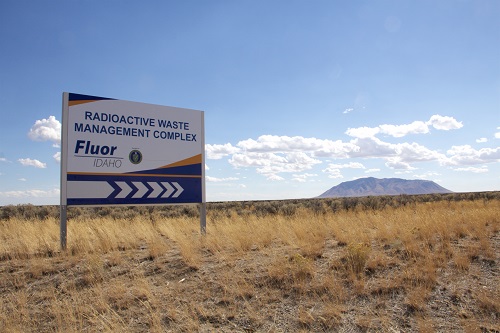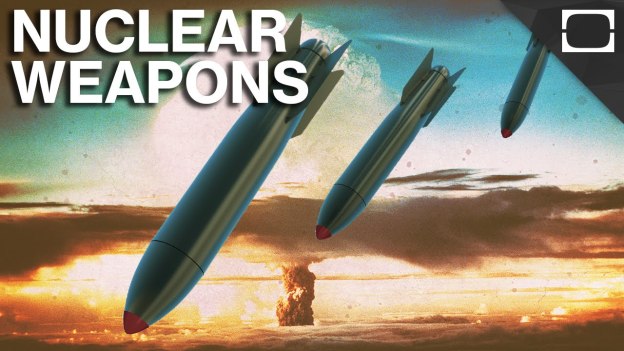Nine nationst control the roughly 14,200 nuclear weapons in the world… But What makes a good nuclear arsenal? First, a good nuclear doctrine. Will a country strike first, or only in response? Second, safety. Are the nukes secure? Does the country participate in nonproliferation treaties?
Third, do the nukes work as intended? Is the arsenal sufficient? Can the nukes survive an initial attack?…Business Insider has weighed these questions with the help of Hans Kristensen, the director of the Nuclear Information Project at the Federation of American Scientists, to rank the world’s nuclear arsenals.
9. North Korea: North Korea fails by virtually every metric used to measure nuclear arsenals… Because Pyongyang can never hope to defeat any of its enemies in conventional fighting, it turned to nukes as a guarantor of its security. Weapons count: estimated 60. North Korea has a number of short- to intercontinental-range ballistic-missile systems thought to operate off the backs of mobile missile launchers. One analyst has warned that North Korea’s mobile launchers may simply distract from the real threat of hidden nuclear silos, but no evidence of such silos has ever appeared in US intelligence reports made public. It’s completely unknown if North Korea keeps its nuclear weapons mated or with the warhead affixed to the missile.
8. Pakistan: Pakistan built nuclear weapons in response to its bitter regional rival, India, testing and proceeding with a relatively simple nuclear mission: deter or defeat India….Pakistan has links to Islamic extremists with connections to global terror networks. Experts have long feared not enough has been done to secure Islamabad’s nukes against these threats. Additionally, “Pakistan has lowered the threshold for nuclear weapons use,” by building smaller, tactical nuclear weapons. Weapons count: 150. Pakistan has ballistic missiles with ranges just long enough to hit anywhere in the country of India….The US has specifically given Pakistan permission to modify its F-16 fighters to drop nuclear weapons…Pakistan is thought to keep its nuclear warheads separate from its missiles and delivery systems.
7. India: “India is still a nuclear posture that’s still in vivid development,” Just as Pakistan fears India’s greater strength and numbers, India has come to fear China’s growing and modernizing conventional forces. But unlike Pakistan, India has sworn off nuclear first strikes and not looked into tactical nuclear weapons. ..But India’s submarine fleet remains a dream at the moment, lowering its overall score. Weapons count: 140 (stored) India recently launched its first nuclear-powered submarine..As it stands, the missiles and submarine India has picked out for its underwater nuclear deterrent can’t range China’s vital points or most of Pakistan.
6. Russia: “Russia seems to sort of be driven by a frantic exploitation of different options,” Weapons count: 6,850 (1,600 deployed; 2,750 stored; 2,500 retired). Russia has the full nuclear triad with constantly modernized bombers, land-based missiles, and submarines. The triad is a true 24/7/365 force with submarines on deterrence patrols at all times. Additionally, Russia has a high number of tactical nuclear weapons with shorter-range and smaller-explosive yield…Russia’s Poseidon underwater 100 to 200 megaton nuclear torpedo is the biggest nuclear explosive device ever built…The weapon would essentially set off tidal waves so large and an explosion so radioactive and punishing that continents, not countries, would pay the price for decades. The US has not found it useful to respond to these doomsday-type devices. Russia stores its nuclear warheads mated to missiles and ready to fire. Additionally, it has surrounded Moscow with 68 nuclear-tipped missile interceptors meant to protect the city from a US strike.
5. Israel: “Israel is interesting because it’s a semi-dormant nuclear program, but it’s not dormant,” …Israel’s conventional military, with its top-of-the-line air force and close coordination with the US, easily overpowers its regional foes in traditional fighting. Instead of reaching for nuclear weapons to threaten a more powerful foe, Israel has a “very relaxed nuclear posture, truly what you could call a last resort posture,” Weapons count: estimated 80..Truly, nobody knows what weapons Israel has or doesn’t have, and that’s the way they like it.
4. UK: Weapons count: 215 (120 deployed; 95 stored) During the Cold War, the UK labored to create its own nuclear weapons and delivery systems, but since the collapse of the Soviet Union, the UK has withdrawn from that posture and essentially become a client of the US. The UK operates four nuclear submarines that fire can fire 16 Trident missiles made by the US. That’s it. The UK won’t get an “arsenal” page for this reason. The warheads on these patrols are mated to missiles.
3. France: France has a long history with nuclear weapons, like the UK, but has maintained more independence and control over its stockpile and doctrine. Weapons count: 300 (290 deployed; 10 stored)..France has four nuclear-powered submarines, one of which stays on a constant deterrence patrol ready to fire mated nuclear missiles. While it’s not a nuclear weapon outright, outside of the US, only France operates a nuclear-powered aircraft carrier, the Charles de Gaulle.
2. US: Weapons count: 6,450 (1,750 deployed; 2,050 stored; 2,650 retiredd)Today the US’s nuclear arsenal has narrowed down to a triad in constant stages of modernization. The US operates two nuclear-capable bombers, the B-2 Spirit stealth bomber and the B-52 Stratofortress, originally built in the 1950s and slated to fly for 100 years. The US operates a fleet of nuclear submarines, which it keeps on constant deterrence patrols. The US also has nearly 400 intercontinental-range missiles in silos around the country, mostly aimed at Russia’s nuclear weapons for an imagined “mutual destruction” scenario. Recently, the US has come under intense criticism for President Donald Trump’s proposal to build more smaller or tactical nuclear weapons. Experts say these weapons make nuclear war more likely. The US has tactical nuclear weapons stored around Europe and Turkey, which, like the bigger strategic weapons, are stored mated.
1. China: China has just 280 nuclear warheads, and none of them are mated to delivery systems. China flies bombers and sails submarines that it calls nuclear-capable, but none of them have ever actually flown with nuclear weapons. China’s nuclear doctrine forbids first strikes and centers around the idea that China would survive a nuclear strike, dig its bombs out of deep underground storage, and send a salvo of missiles back in days, months, or years. This essentially nails the idea of “credible minimum deterrence.” Everyone knows China has nuclear weapons, that they work, and nobody doubts China would use them if it first received a nuclear attack. China has nuclear-capable submarines and bombers, but they do not ever travel with nuclear weapons on board. China relies on a growing and modernizing conventional military to assert its will on other countries and virtually never mentions its nuclear arsenal.
Excerpts from Alex Lockie, We ranked the world’s nuclear arsenals — here’s why China’s came out on top, Business Insider, Jan. 25, 2019
